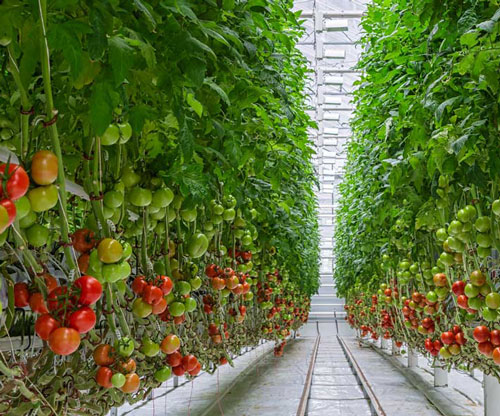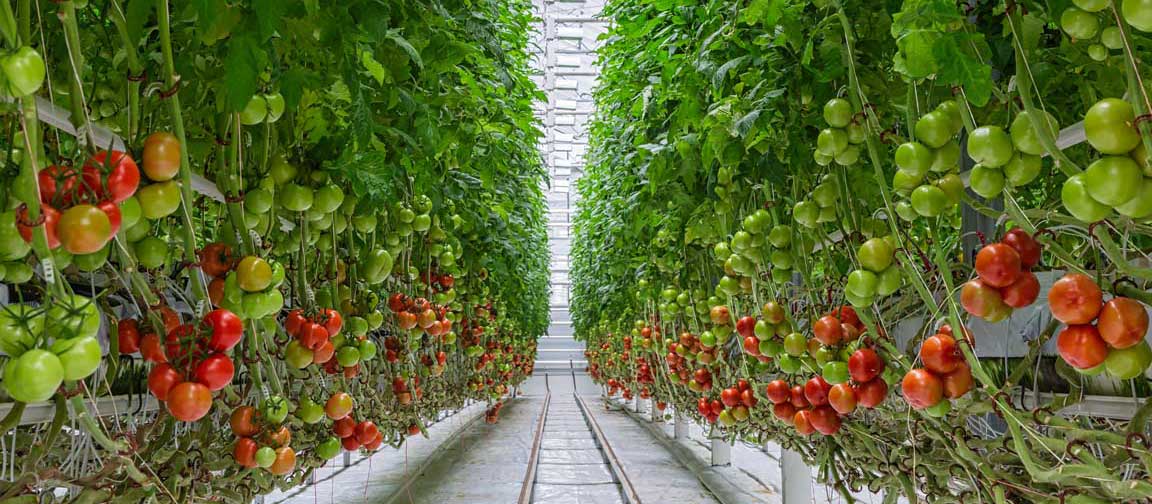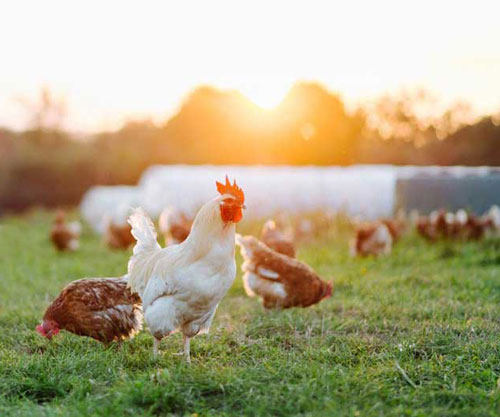Protected environment horticulture
19 March: Site maintenance at 16:00 GMT today - if you are logged in at this time you will be logged out briefly.

Protected environment horticulture
Protected environment horticulture

By manipulating the growing conditions, it’s possible to ensure a more consistent and reliable yield. This is done by providing shelter for the plants, having greater control over the type of nutrients they receive, and providing more protection from pests and diseases.
Consumer demand
Extra artificial light and heat allows farmers to extend the growing season so pickers can collect fruit all year round, which helps to meet consumer demand.
The main crops grown this way are peppers, tomatoes, cucumbers, lettuce, herbs and strawberries. A large range of ornamental plants are also grown under glass.
Hydroponics
Some growers use hydroponics, which involves growing plants without soil, and vertical farming, with plants grown in stacked layers, which is a better use of space and makes them easier to look after. New ideas and innovations are constantly being developed around greenhouse design, climate control and energy efficiency, such as LED lighting.
Typical jobs include propagating plants from seeds or cuttings, potting them on as they grow, and then checking regularly for pests and disease. Other roles might be operating automatic watering systems, maintaining the correct heat and humidity inside the glasshouse and making sure they are kept clean and hygienic. There may also be specialist machinery for harvesting, picking and packing the produce.
Click through the graphic below to get a better idea of the typical tasks and responsibilities involved in working in protected horticulture throughout the year.
Find out more about other sectors in farming and growing in England.

